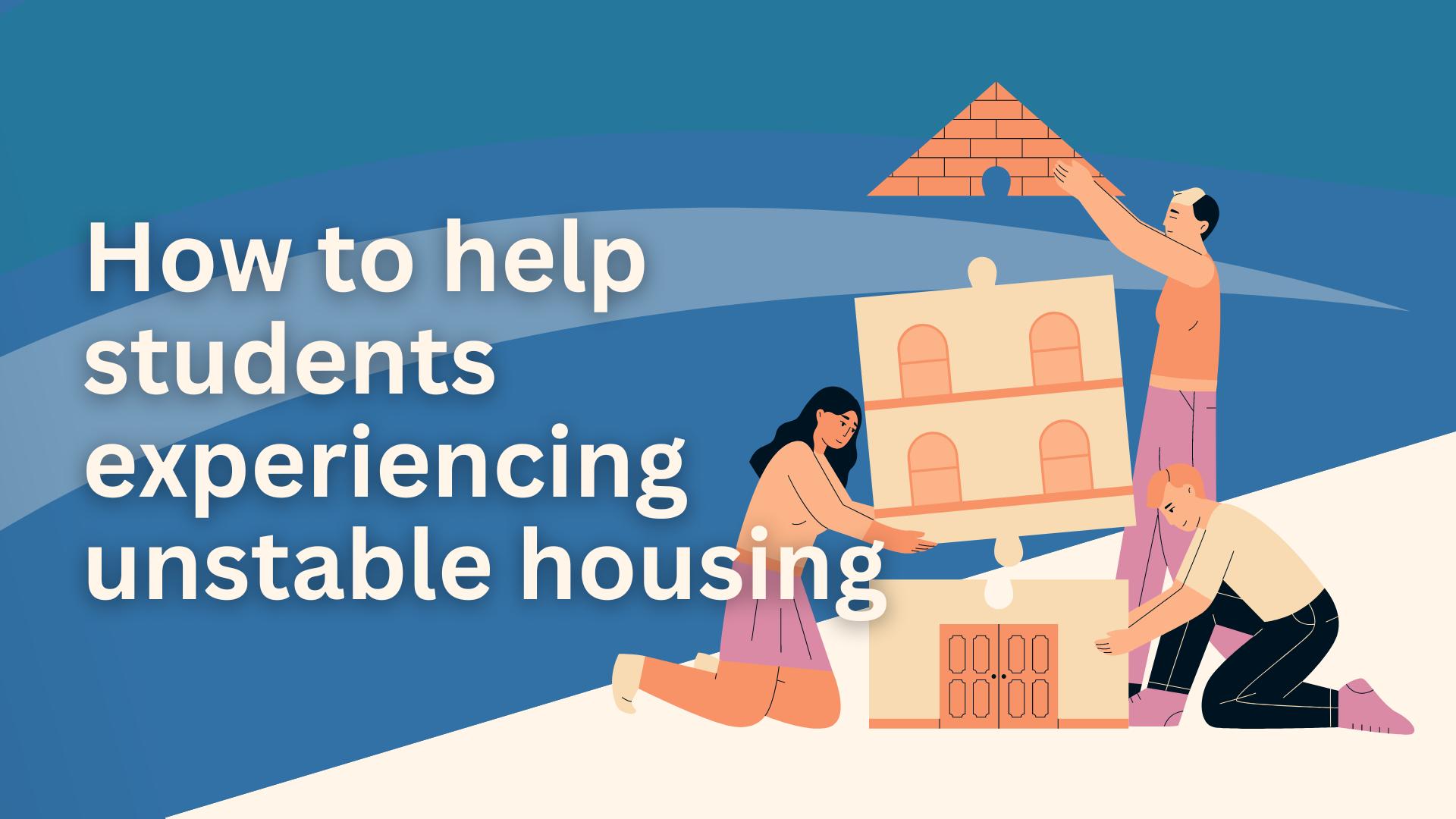‘All teachers have to do is call’
Posted: April 4, 2024
If it were as easy as making one phone call to help a student you suspect is homeless or in unstable housing, would you do it?
The Education for Homeless Children and Youth (EHCY) program estimates 5,300 students in Hawaiʻi are either homeless or experiencing unstable housing. Often, teachers are some of the first to notice signs that a student needs help.
The EHCY has a team of 30 people in Hawaiʻi who work to provide resources to students and families experiencing unstable housing, including a community liaison in each complex area.
Toby Portner, the Hawaiʻi state coordinator for EHCY, shared that situations like transportation barriers, students dropping out or nearly dropping out, “doubling up” with friends or family due to economic hardships, or sleeping in cars, motels, on floors, or even outside present a challenge for learning.
“We want to connect families with resources as soon as we can. Our goal is educational stability and getting through school successfully,” Portner said.
The national EHCY program was founded in 1986 and collaborates with a variety of federal partners to serve children, youth, and families experiencing homelessness through various federal education programs.
Resources for educators: coordinated, statewide support available
According to EHCY, common signs a student may be in an unstable housing situation are:
- Wearing the same clothes several days in a row; clothes appear unclean or unkempt
- Appearing tired in the morning, not rested
- Arriving at school hungry
- Missing homework, projects not getting done
- Chronic absenteeism
“The main takeaway is we want teachers to call their liaison. There are resources, including money, to help meet various needs. The liaison’s role is to follow up with students/families and to use resources to remove barriers and promote success. Teachers don’t have to worry, they just need to communicate with us so we can help,” Portner said.
The liaisons work with school counselors, social workers, Hazel Health, and other community partners to secure resources.
April Lum, EHCY outreach coordinator, said, “It’s all about finding resources to service kids.”
Children nationwide are protected by the McKinney-Vento Act, a federal law that protects students experiencing homelessness and their families. The act ensures that students receive support in obtaining anything needed for full participation in school, including hygiene items, clothing, and education and medical resources.
In Hawaiʻi, the EHCY has been able to install washers and dryers inside schools, purchase school supplies and gym shoes for students, and remove barriers for transportation to and from school.
Portner said, “We just sent money to the Big Island, Kona side, for two school buses, specifically to pick up kids in Ocean View where there are no buses and attendance is a challenge.. We need teachers and others at the school to know that we’re here to help.”
Educators can donate items to students in need (and Lahaina teachers/school staff) via Purposity, a crowd-source platform that makes it easy to help students in real time. All donations are tax-deductible.
Educators may request a staff presentation at their school about the EHCY program and what help is available. For more information or to set up a presentation, please contact your complex area community liaison.
Other resources for teachers
- Download an Education for Homeless Children and Youth (EHCY) program poster (add your community liaison information for quick reference)
- Bookmark the HIDOE’s Resources for Families in Unstable Housing page including complex area community liaison contact information
- Download the flyer “What is meant by doubling up?”
- Follow EHCY Hawaiʻi on Instagram

